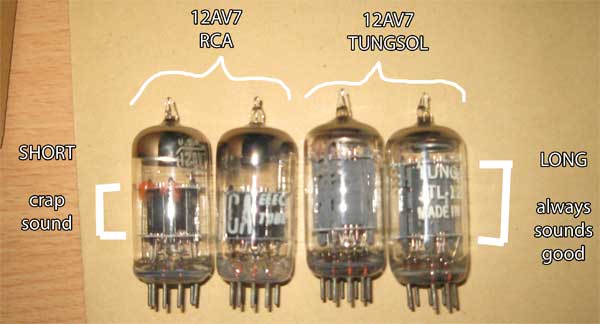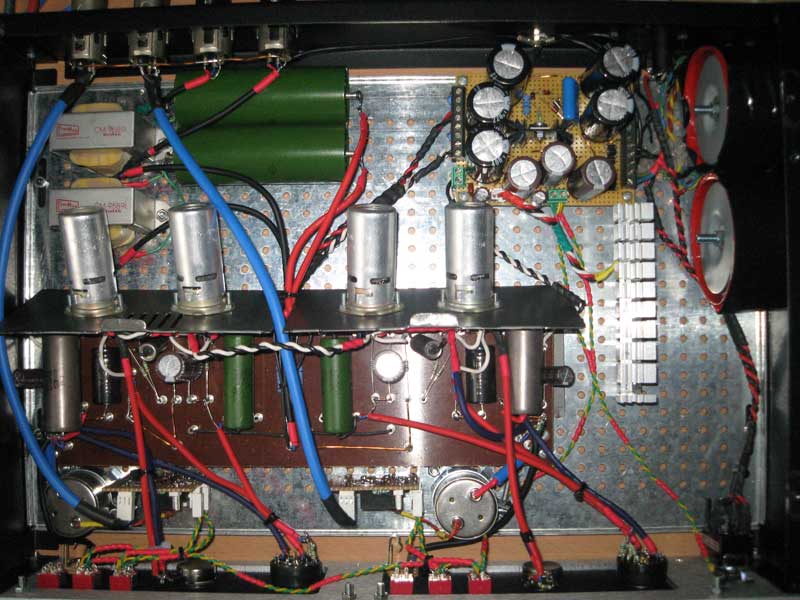ChrioN
Well-known member
Looks nice. What exactly did you change in the design?
ChrioN said:Looks nice. What exactly did you change in the design?
buschfsu said:didn't notice an impedance switch in daves design how did you implement that? (which Rs?)
andrew_k said:using the layout which you kindly shared.
emrr said:looks great.
Kingston said:Great smudge/softening effect on drum bus as well and needless to say it works best on bass. I'd say this type of distortion is the main reason we still use tubes. Surprising how few serious preamps feature this. I mean, it's damn easy to drive tubes to distortion, and it seems most preamp designs do everything there is to avoid it.
So true. Virtually nothing you can buy off the shelf with low NFB. I think the Manley preamps are 10 dB NFB at the lowest setting; much lower than most. 25+ dB NFB was the norm in pro gear by 1955. RCA BC-2B console pre was low for it's time, at about 10 dB. My 95 dB Gates units of 1947 have at least 30 dB NFB. 1955 on you get units that clip harshly, not quite as harsh as the next decades transistor gear, but not too far off. All depends on if you want euphonic drive soft knee, or not, as to which type you like.
I think NYDave was paying attention to all the criticism out there about how the tone changes with NFB change, and limiting the available steps the way Manley and some others do.
looks like C3 and C4 according to his old layout diagram... C6 and C7 are also in the signal path right?electrochronic said:Nice work,
What caps ( ex: C05, C06 ...) were replaced with the PIO's (audio coupling ?) and did you stay with same values ?
Were the PIO's used as replacements for basic mylars or orange drops in the original MILA layout ?


Enter your email address to join: